Learn How Micro-Electric Power and Regional Management Coexist
【For Observation Tours】
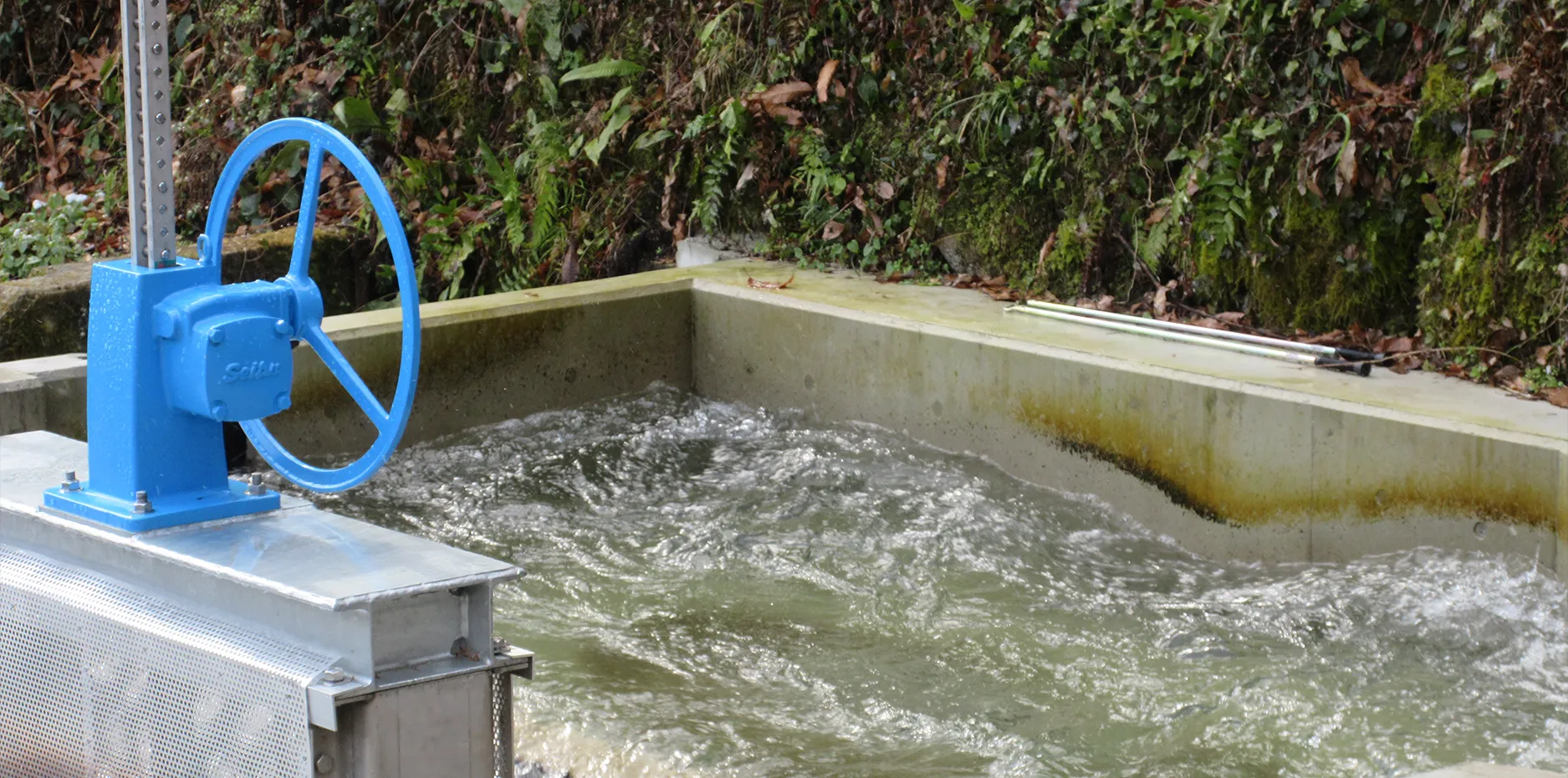


It typically refers to anything that generates under 1,000kW of hydroelectric power. It doesn't require large-scale construction like dams do, making it safer for the environment. Power can be generated as long as there is enough current and waterfall height. Matsuguma Micro-Hydroelectric Power Plant, where you can learn all about this, generates power using Ichinose Weir, an agricultural canal that draws water from the Tate River running through Yoshinogari Village. A 30kW power generation system is installed in the power plant.
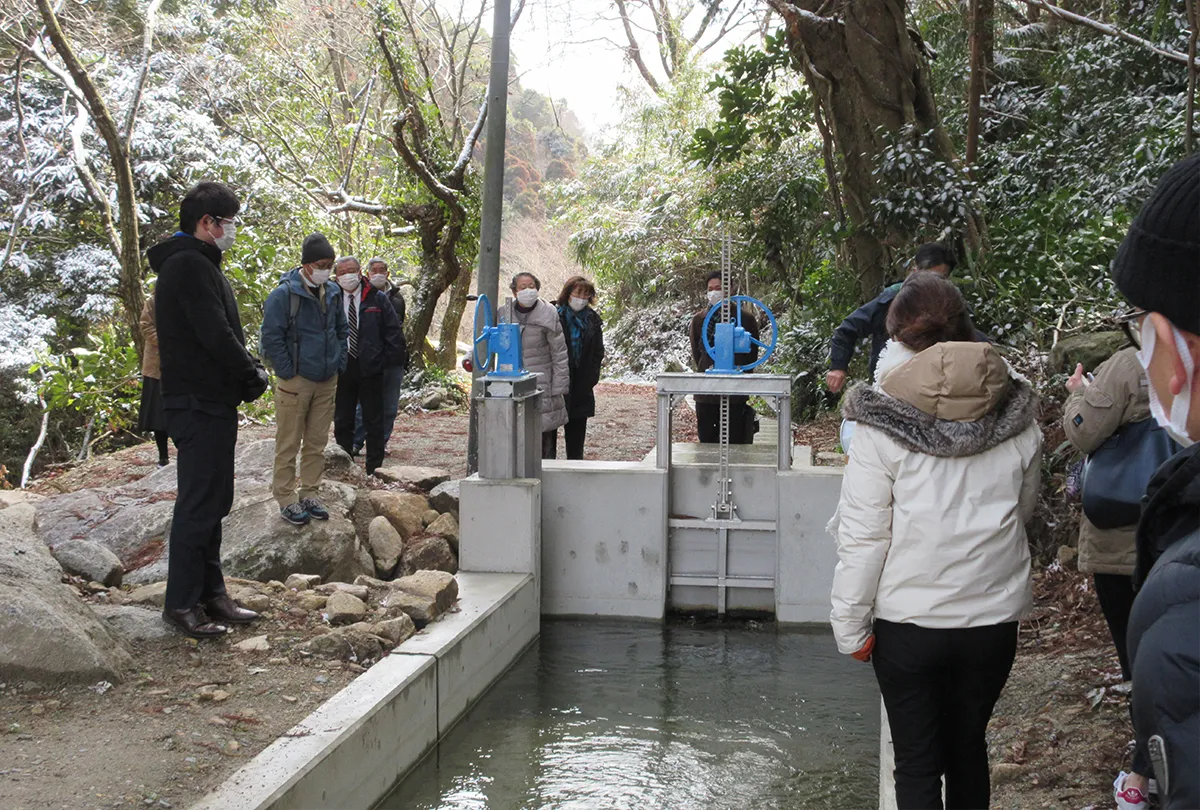
Observation Tour
・At the Matsuguma Micro-Hydroelectric Power Plant, the Saga Model of micro-hydroelectric power generation is used for experiments. ・Matsuguma Micro-Hydroelectric Power Plant was established by local residents who invested in the establishment of Matsuguma Community Development Co. ・The purpose of the project is to maintain and manage the agricultural land, forests, and water facilities in the Matsuguma area by using the profits from micro-hydroelectric power generated from the area's agricultural canals to ensure that the Matsuguma area remains a healthy rural community.
| Address: | Saga-ken, Yoshinogari-cho, Matsuguma-chiku |
|---|
The Saga Model targets a profitable minimum output (30kW). The initial assessment process to power plant installation is offered in package form, lowering construction periods and manpower to minimize cost.
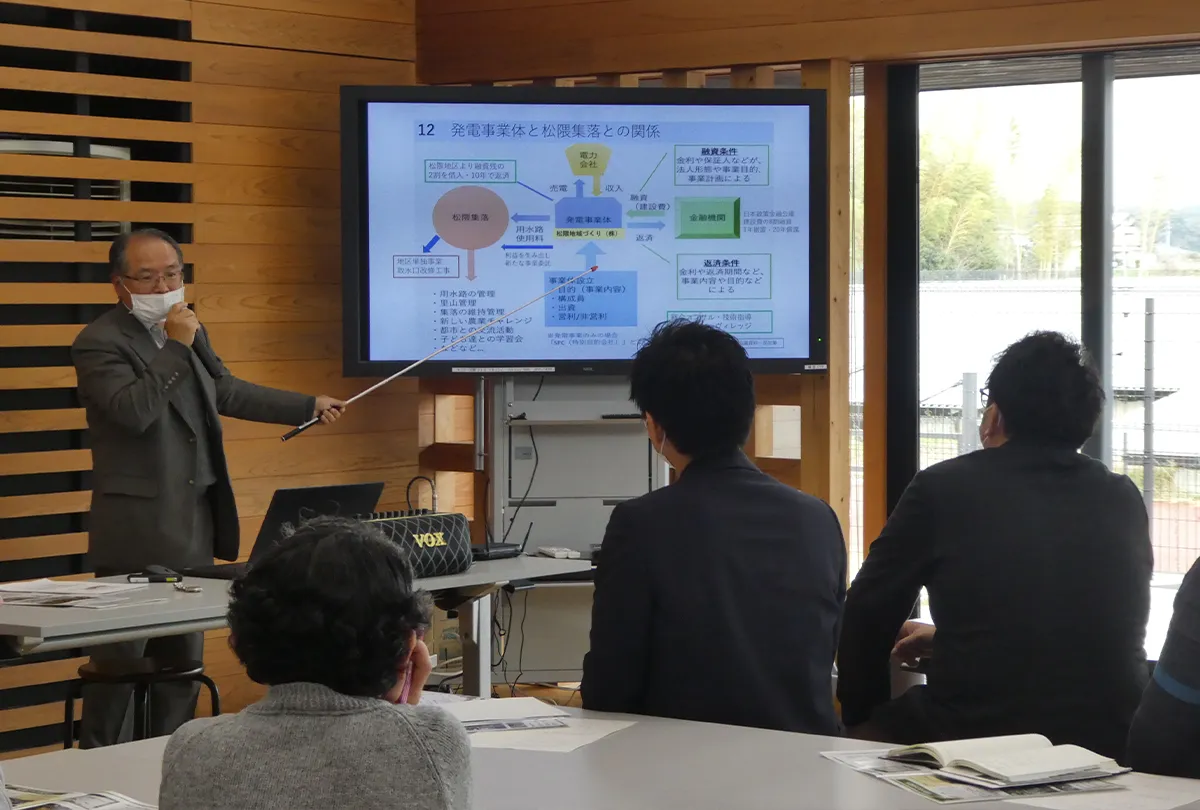
Observation Tour
① Project Overview We'll introduce some challenges of the power generation business, which aims to make the community self-reliant through the income from electricity sales. ② Through a tour of on-site facilities, an overview of the power plant, features of the power generation system, and behind-the-scenes maintenance will be introduced.
| Address: | Saga-ken, Yoshinogari-cho, Matsuguma-chiku |
|---|
By determining the feasibility of a project at each stage of the initial assessment survey, feasibility survey, and basic design, early decisions can be made when commercialization is difficult, thereby reducing risk. Risks can be further reduced by requesting support for survey costs from the local government.

Observation Tour
This power plant is a symbol of the spread of renewable energy and the development of the region, where visitors can experience and learn about solar power generation in close proximity to the Yoshinogari region. The Yoshinogari Ruins are also nearby, and it's built to complement the local scenery. During normal times, solar power generation provides clean power with no carbon dioxide emissions, and in the event of a power outage, the system serves as a lifespot that can supply power from solar power generation and storage batteries.
| Address: | Saga-ken, Kanzaki-shi, Kanzaki-cho Shiwaya |
|---|---|
| Open: | 10:00-17:00 |
| Closed: | Sat., public holidays (maintenance days, New Year's Holidays) |
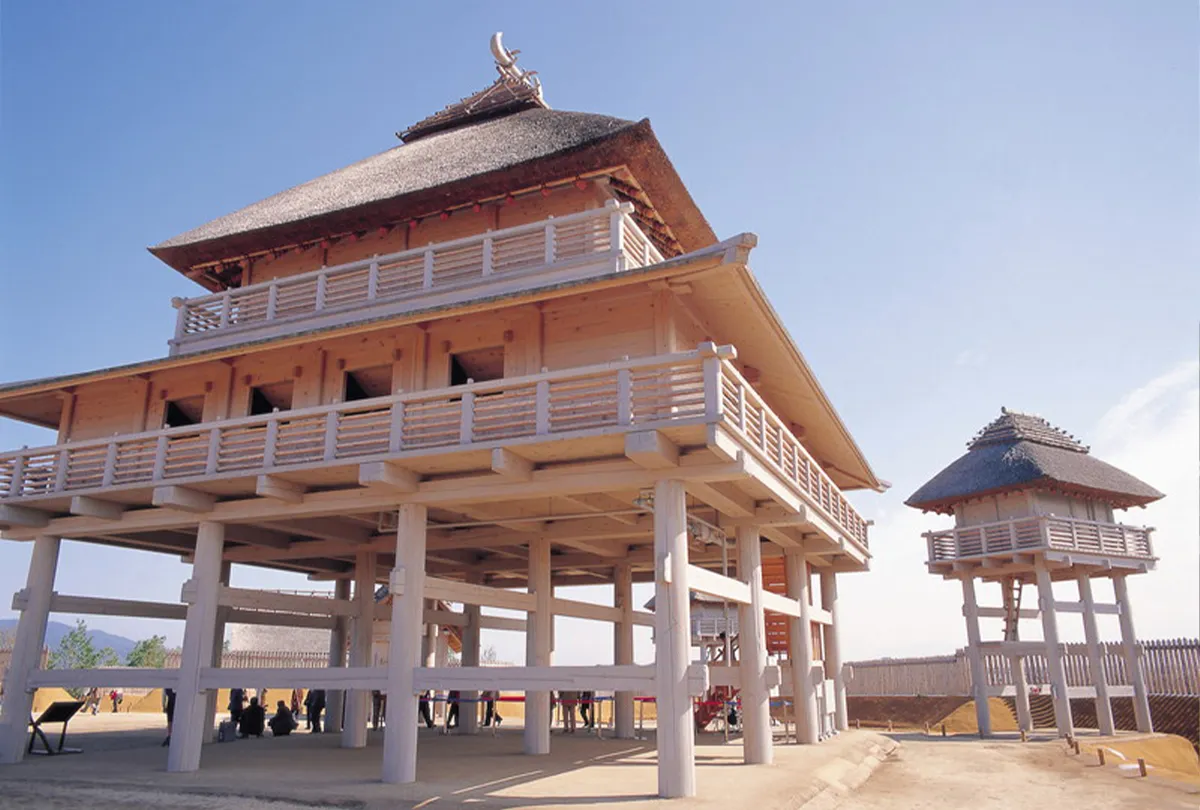
Observation Tour
With the main theme of "Hear the Voice of the Yayoi People," the park was created to preserve the Yoshinogari Ruins and to create and utilize a place where visitors can experience the Yayoi Period. The park is divided into four zones, and various events are held every month, including a tour of the giant moat encircling settlement and an experience of making katadama, a type of Japanese ceremonial jewel, for multipurpose use.
| Address: | Saga-ken, Kanzaki-gun, Yoshinogari-cho Tade 1843 |
|---|---|
| Open: | Apr. 1-May 31: 9:00-17:00/Jun. 1-Aug. 31 9:00-18:00/Sep. 1-Mar. 31 9:00-17:00 |
| Closed: | Dec. 31, 3rd Mon. & Tue. of Jan. |

This is an outdoor park in symbiosis with nature. This is an exciting activity where everyone can experience the thrill, exhilaration, and sense of accomplishment of moving through the trees using their entire body. There is also a kids' course for 3rd grade elementary school students and younger.
map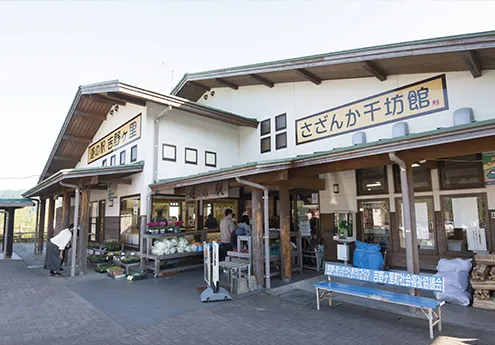
This rest area is located in the middle of the Sefuri Mountains on the border with Fukuoka Prefecture. The surrounding area is designated as a national natural monument as it is the northernmost area where Sengokuyama sasanqua grows naturally. Parfaits and juices made from seasonal fruits are also available here.
map
This has an open-air bath with a spectacular view of the Saga Plains and the Saga Sefuri Mountains. It is said that Zenji Eisai, the founder of tea ceremony, was the first person to cultivate tea in Japan. Alkaline-rich hot spring water gushes from a 1,800-meter-high spring.
map